Thien Hau Pagoda – A Highlight of Chinese Architecture in Saigon
At Saigon Taste Tours, we guide you to discover not only the bustling and modern side of Ho Chi Minh City but also its hidden spiritual and cultural gems. Among them, Thien Hau Pagoda (also known as Ba Thien Hau Pagoda or Ba Cho Lon Pagoda) stands out as one of the most iconic temples with Chinese architectural influence, offering a peaceful escape in the heart of vibrant Saigon.
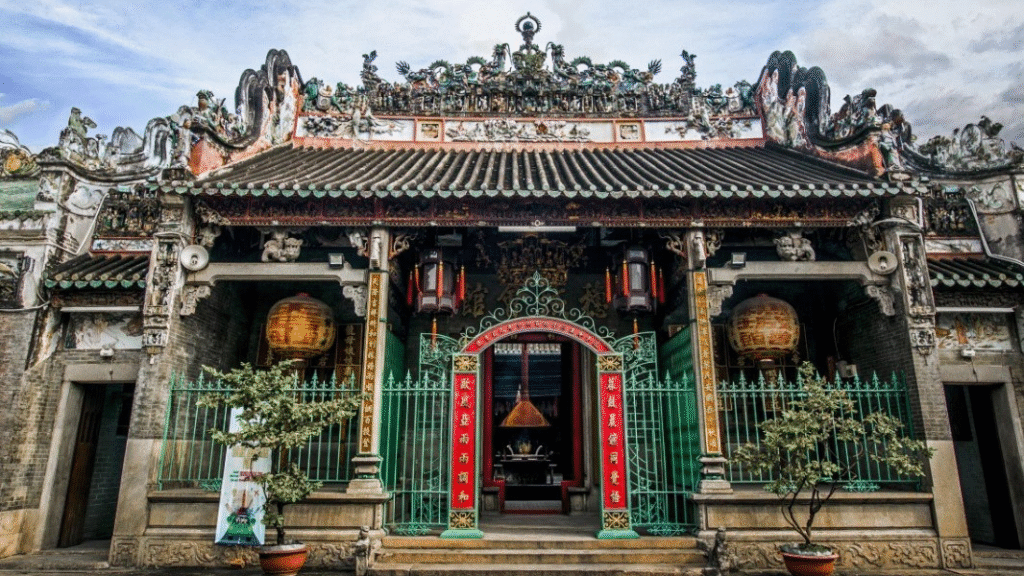
A Spiritual Retreat in Busy Saigon
Located at 710 Nguyen Trai Street, District 5, Thien Hau Pagoda is a sacred destination for both locals and visitors. Despite the city’s hustle and bustle, the temple provides a serene space for people seeking peace and spiritual comfort. For centuries, it has been a familiar place where Saigon residents come to pray for blessings and guidance. Today, it continues to attract domestic and international tourists eager to explore its beauty and history.

History and Origins of Thien Hau Pagoda
The origins of Thien Hau Pagoda trace back to 1760, when a group of Chinese immigrants from Fujian province, who had settled in Cho Lon (Saigon’s Chinatown), decided to build a temple to honor Thien Hau Thanh Mau. At that time, Cho Lon was developing into a major trading hub, attracting merchants and seafarers who relied on Thien Hau’s protection for their journeys across the sea. The construction of the pagoda symbolized both spiritual devotion and the preservation of cultural identity for the early Chinese community in Vietnam.

Over the centuries, the pagoda has undergone several restorations and expansions due to damage from wars, fires, and natural deterioration. Despite these challenges, the temple has retained its original Chinese architectural style, with each renovation adding more intricate carvings, reliefs, and antiques. Many of these were contributed by local Chinese guilds and wealthy merchants as acts of piety and gratitude for blessings received from the goddess.
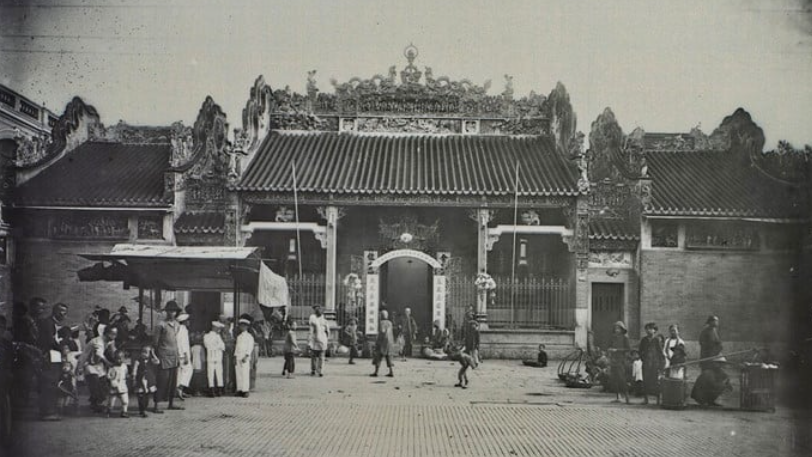
In 1993, the Vietnamese government recognized Thien Hau Pagoda as a National Architectural and Artistic Monument, acknowledging not only its religious importance but also its role as a cultural bridge between Vietnam and the Chinese diaspora. Today, it stands as one of the most important symbols of the long-standing connection between the two cultures.
The worship of Thien Hau Thanh Mau itself has deep historical roots. According to records, Lam Mac Nuong (later deified as Thien Hau) was born in 1044 during the Song Dynasty. Stories of her compassion and supernatural powers spread widely throughout coastal regions of China and eventually reached Southeast Asia, where Chinese migrants carried her veneration with them. In Vietnam, particularly in Ho Chi Minh City, she became a spiritual guardian not just for sailors, but for families seeking health, prosperity, and peace.

Because of this, Thien Hau Pagoda is not only a religious site but also a living piece of history—an embodiment of the resilience and faith of the Chinese-Vietnamese community in Saigon, preserved for more than 260 years.
Architectural Highlights of Thien Hau Pagoda
Thien Hau Pagoda’s architecture reflects deep Chinese cultural influences. The temple is designed in a seal-shaped layout, consisting of four connected buildings forming the shape of the Chinese characters for “mouth” or “country.”

The layout of Thien Hau Pagoda is divided into three main sections, each with its own cultural and spiritual significance. The Front Hall features the altar of Phuc Duc Chanh Than and Mon Quan Vuong Ta, alongside ancient steles and paintings that depict the legendary life of Thien Hau.

Moving inward, the Central Hall showcases five ornate incense burners and intricately carved relics such as dragon boats and lacquered palanquins, traditionally used in grand processions.

At the heart of the complex lies the Main Hall, or Thien Hau Palace, where a 1-meter-high wooden statue of Thien Hau Thanh Mau is enshrined, flanked by Kim Hoa Nuong Nuong and Long Mau Nuong Nuong.

The side rooms of the Main Hall house statues of Quan Thanh, Dia Tang, and Than Tai, all adorned in richly embroidered garments, reflecting the temple’s deep artistic and religious heritage.
The temple also preserves over 400 antiques, including embossed paintings of the Four Sacred Animals (Dragon, Unicorn, Turtle, and Phoenix), ceramic reliefs, stone steles, lacquered boards, bells, and parallel sentences—all crafted with exquisite detail.

With its unique temple architecture, with spiral incense sticks hanging in the air and eye-catching pink prayer boards, it is a destination that attracts many young people to come here for spring travel.
Cultural and Spiritual
Visitors to Thien Hau Pagoda often light incense, hang prayer slips, or participate in fortune telling, a traditional practice that reflects hopes for good luck and clarity in life’s challenges.
The Thien Hau Festival, held annually from the 22nd to 24th of the third lunar month, is the temple’s most vibrant celebration. During the festival, the statue of Thien Hau is paraded around the temple on a palanquin, accompanied by lion and dragon dances, traditional music performances, and cultural festivities that draw both Vietnamese and Chinese communities.

Why Visit Thien Hau Pagoda
Every corner of the pagoda from its pink prayer boards and green fences to its ancient brick walls, carries a unique beauty that captivates visitors. More than just a religious site, Thien Hau Pagoda is a cultural landmark that reflects the fusion of Chinese heritage and Vietnamese identity in Saigon.

Whether you are seeking spiritual blessings, learning about Chinese-Vietnamese history, or simply admiring the intricate artistry of the temple, Thien Hau Pagoda is a must-visit destination in Ho Chi Minh City.
Travel tips for visiting Thien Hau Pagoda
- Best Time to Visit: The pagoda is open daily, but mornings are the most peaceful for exploring before the crowds arrive. For a lively cultural experience, visit during the annual Thien Hau Festival (22nd–24th of the third lunar month) when the temple comes alive with lion dances, parades, and traditional performances.
- Dress Code: As this is an active place of worship, dress modestly. Avoid short skirts, shorts, or sleeveless tops to show respect.
- Respect the Rituals: You’ll see many locals praying with incense, writing wishes on paper, or performing fortune-telling. Feel free to observe or participate, but do so quietly and respectfully.
- Photography: Taking photos of the temple’s architecture and decorations is generally allowed, but avoid flash and be mindful not to disturb worshippers.
At Saigon Taste Tours, we bring you closer to these timeless cultural experiences, helping you uncover the stories, traditions, and beauty behind iconic landmarks like Thien Hau Pagoda. Let us take you on a journey where history, spirituality, and architecture come together in the heart of Saigon.


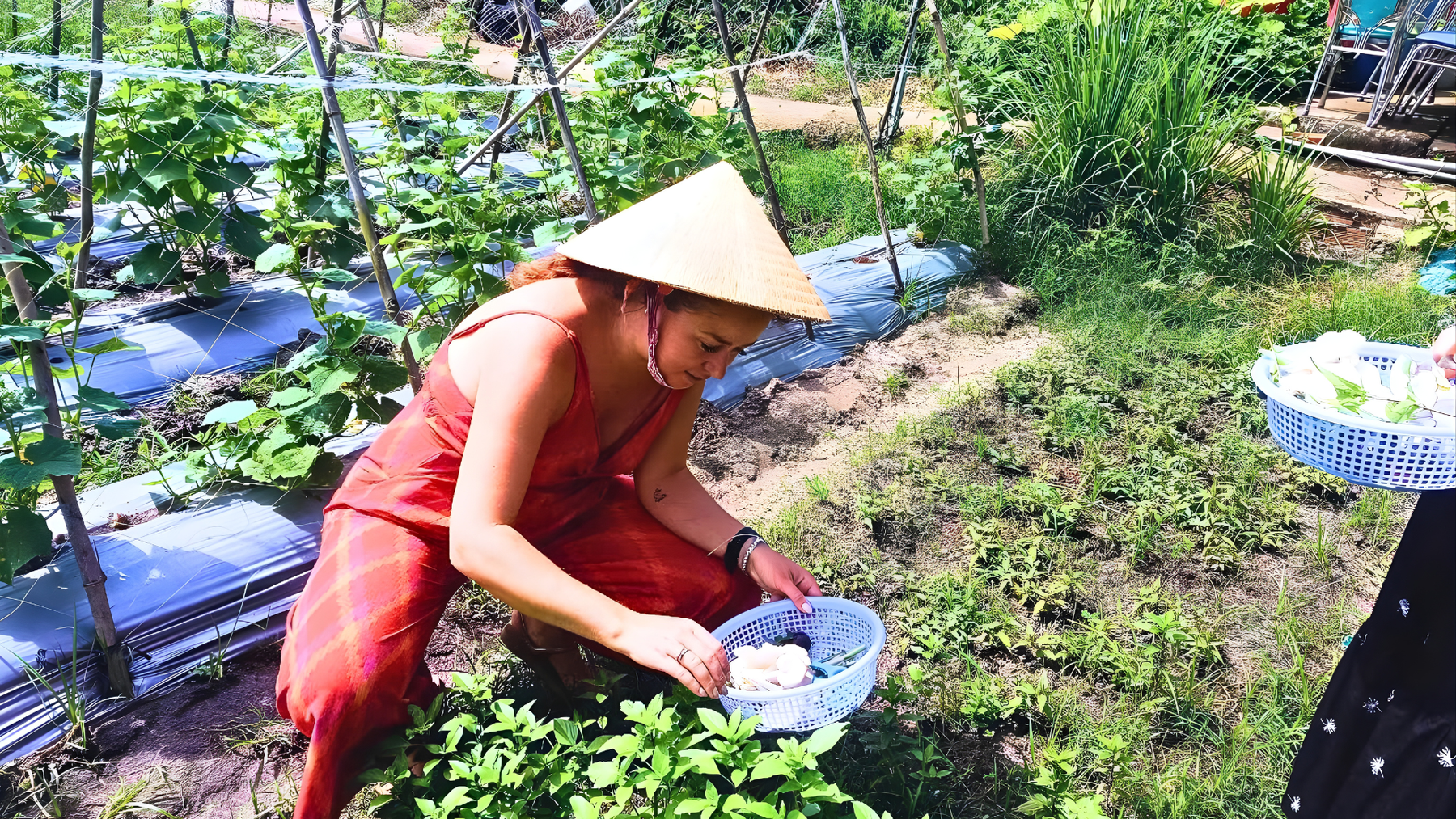
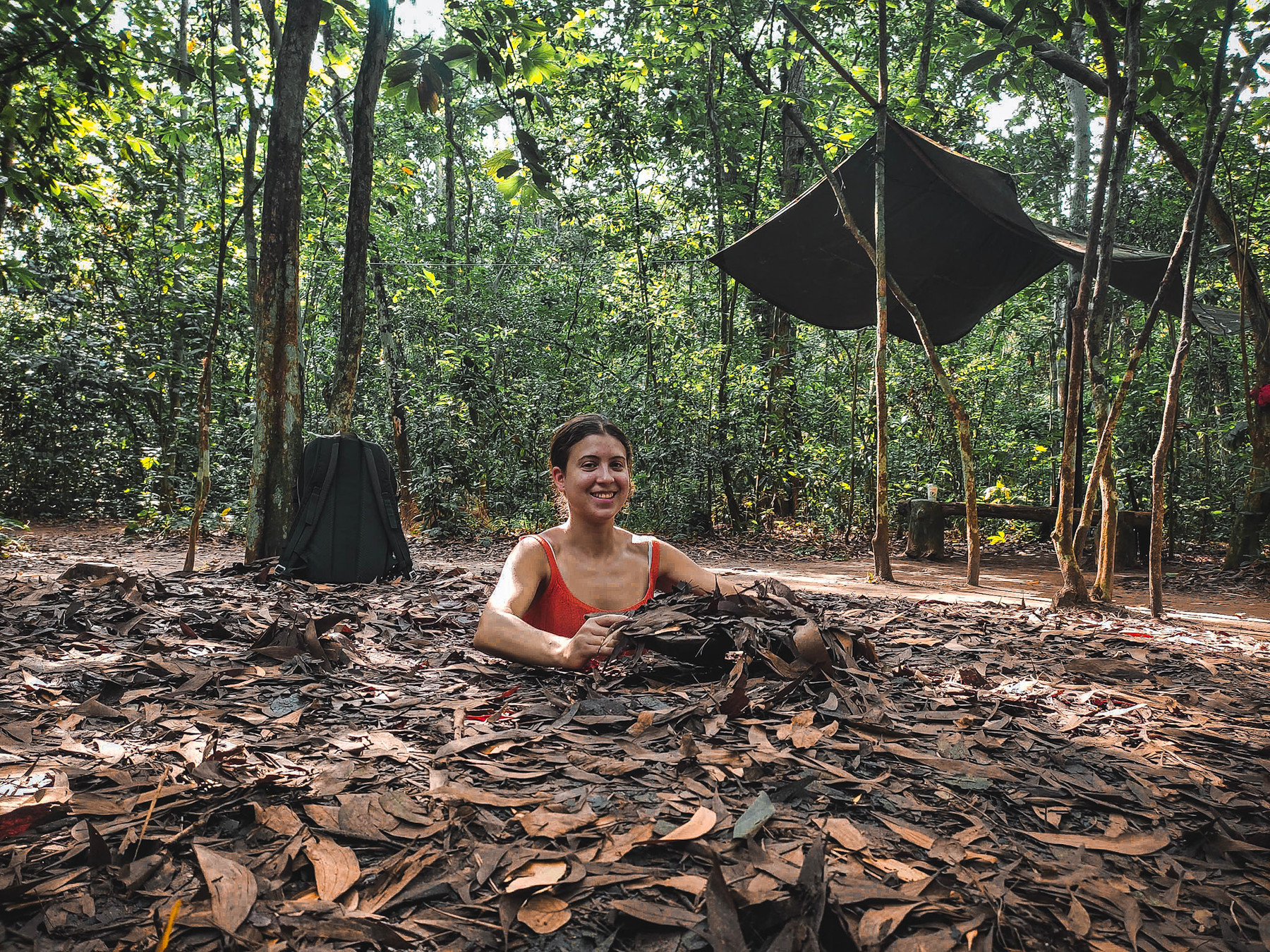


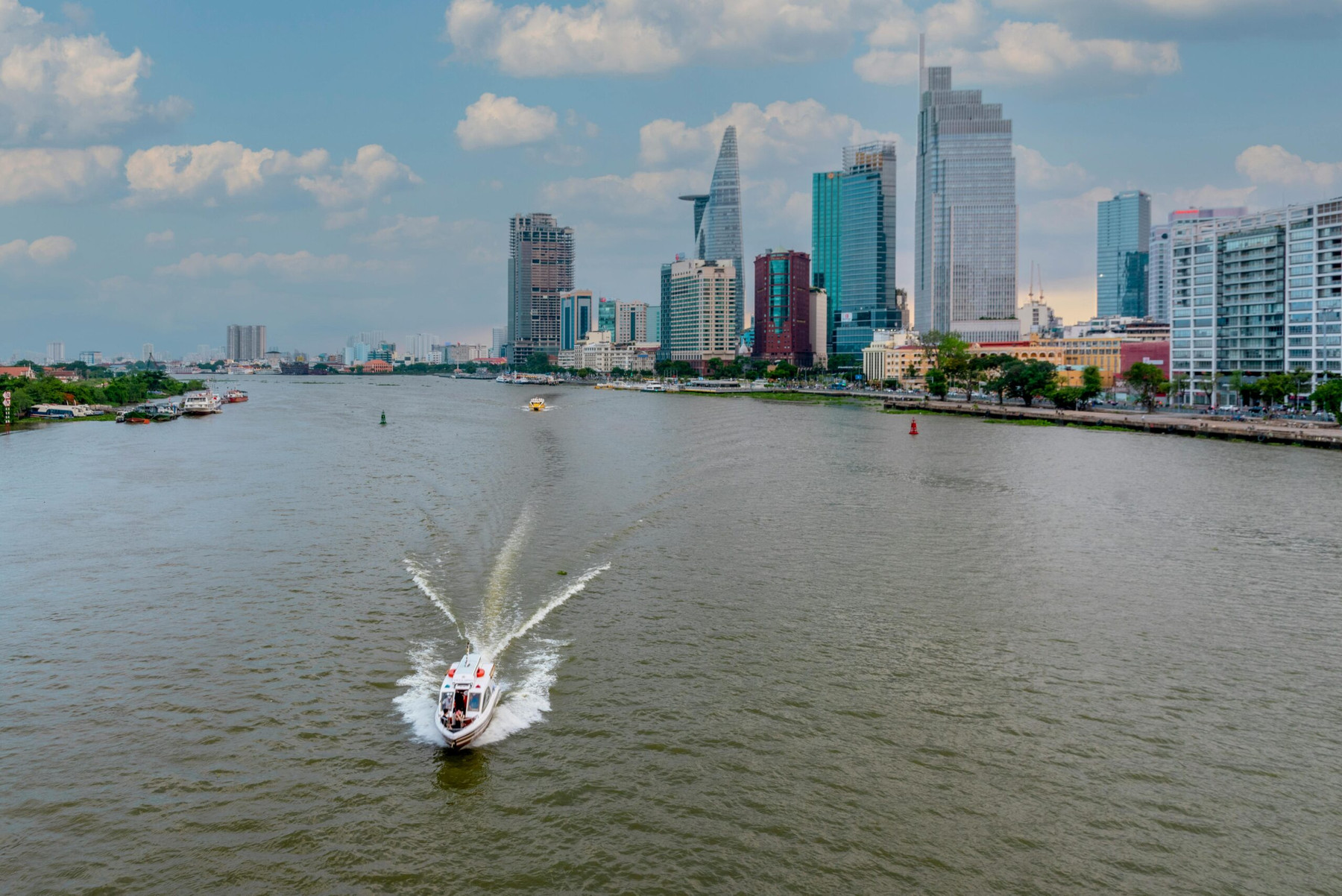


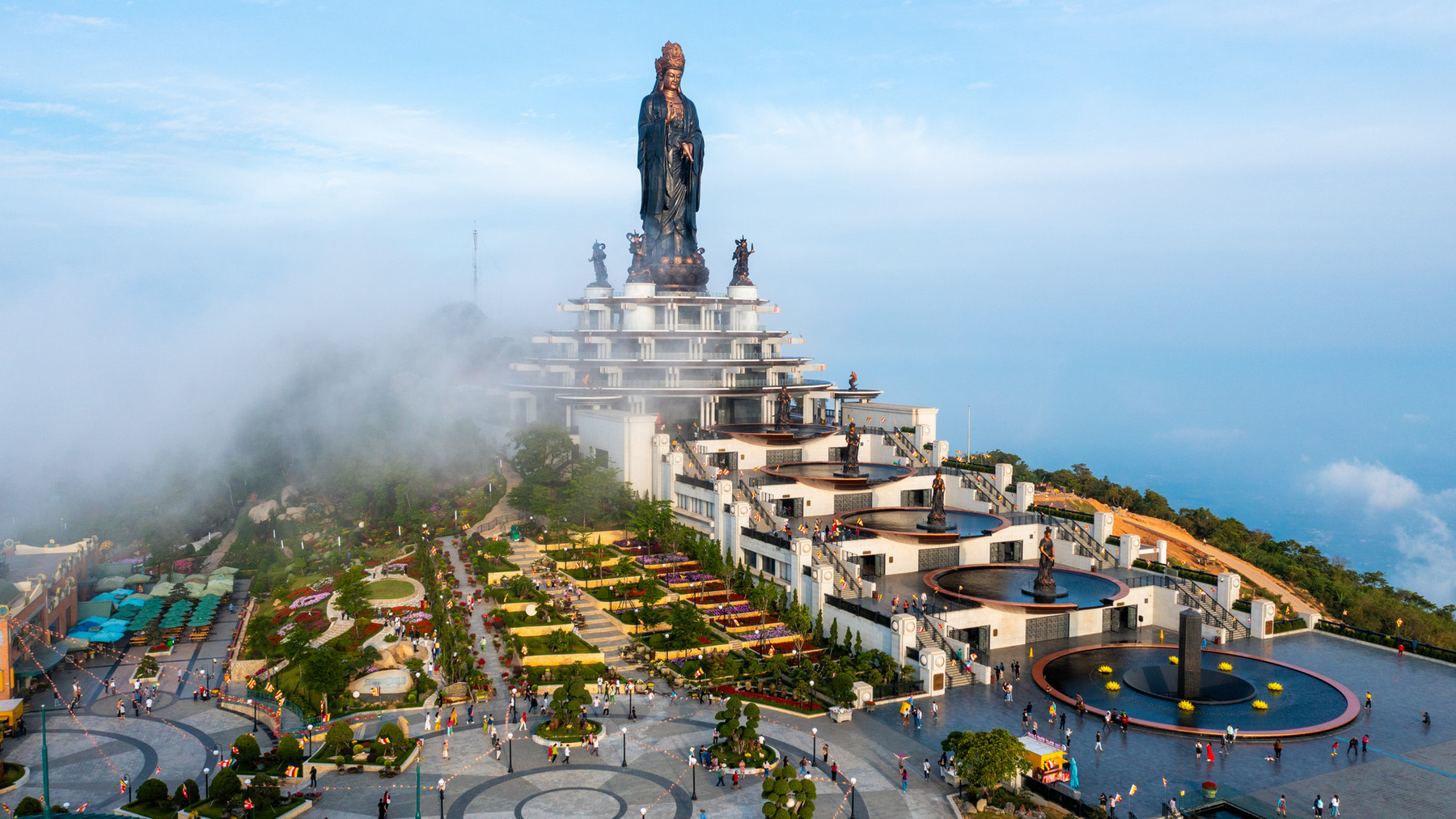

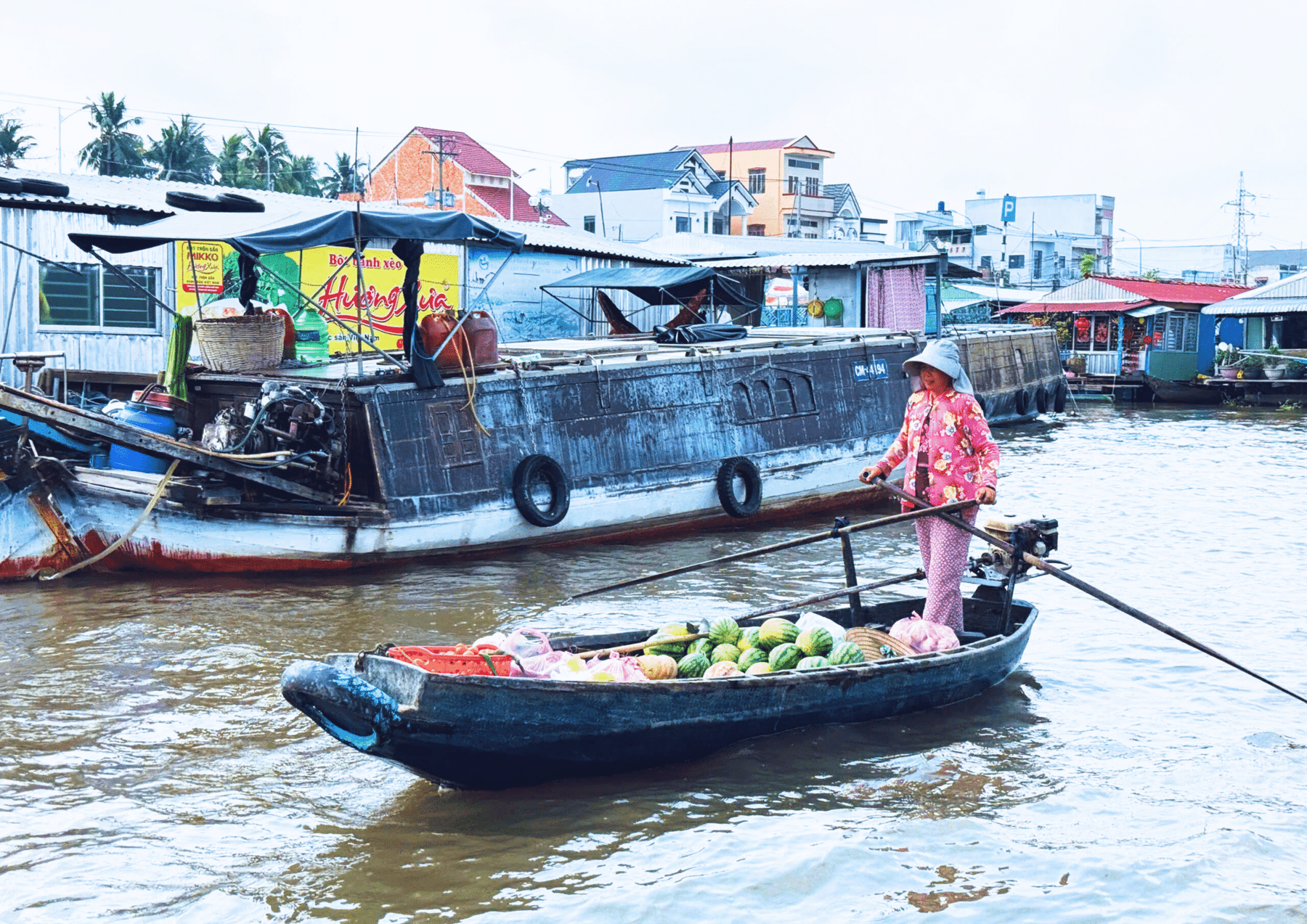

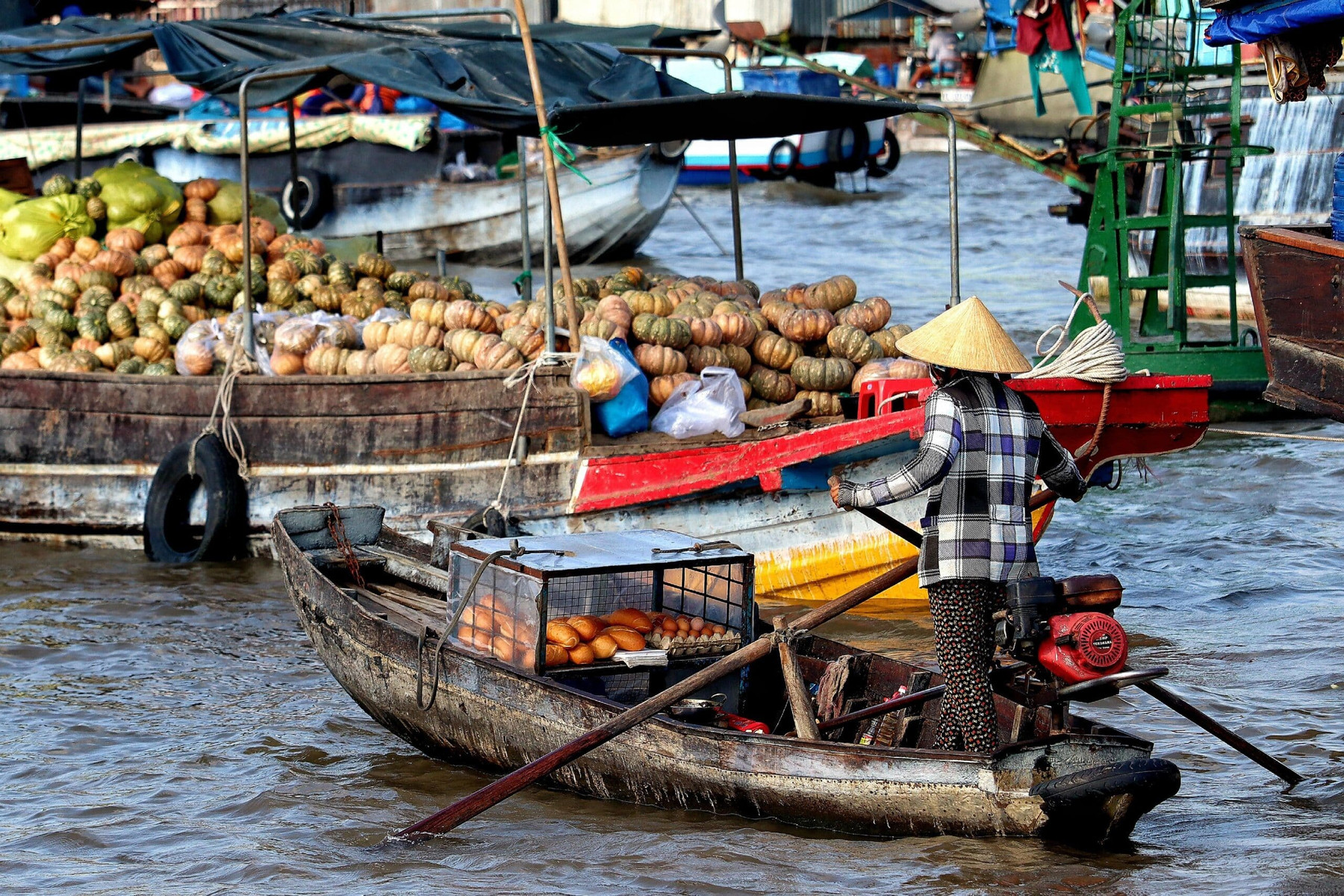

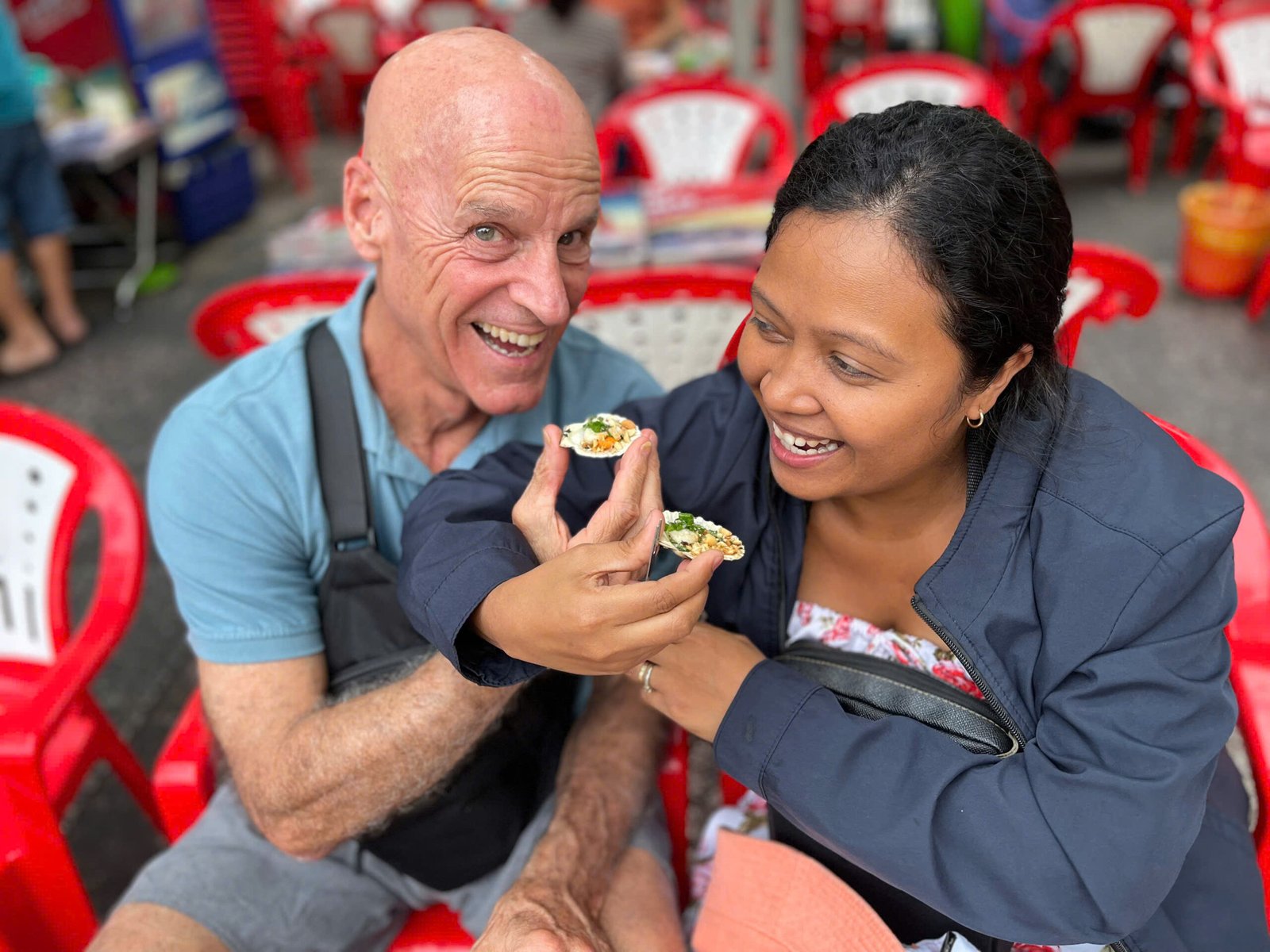

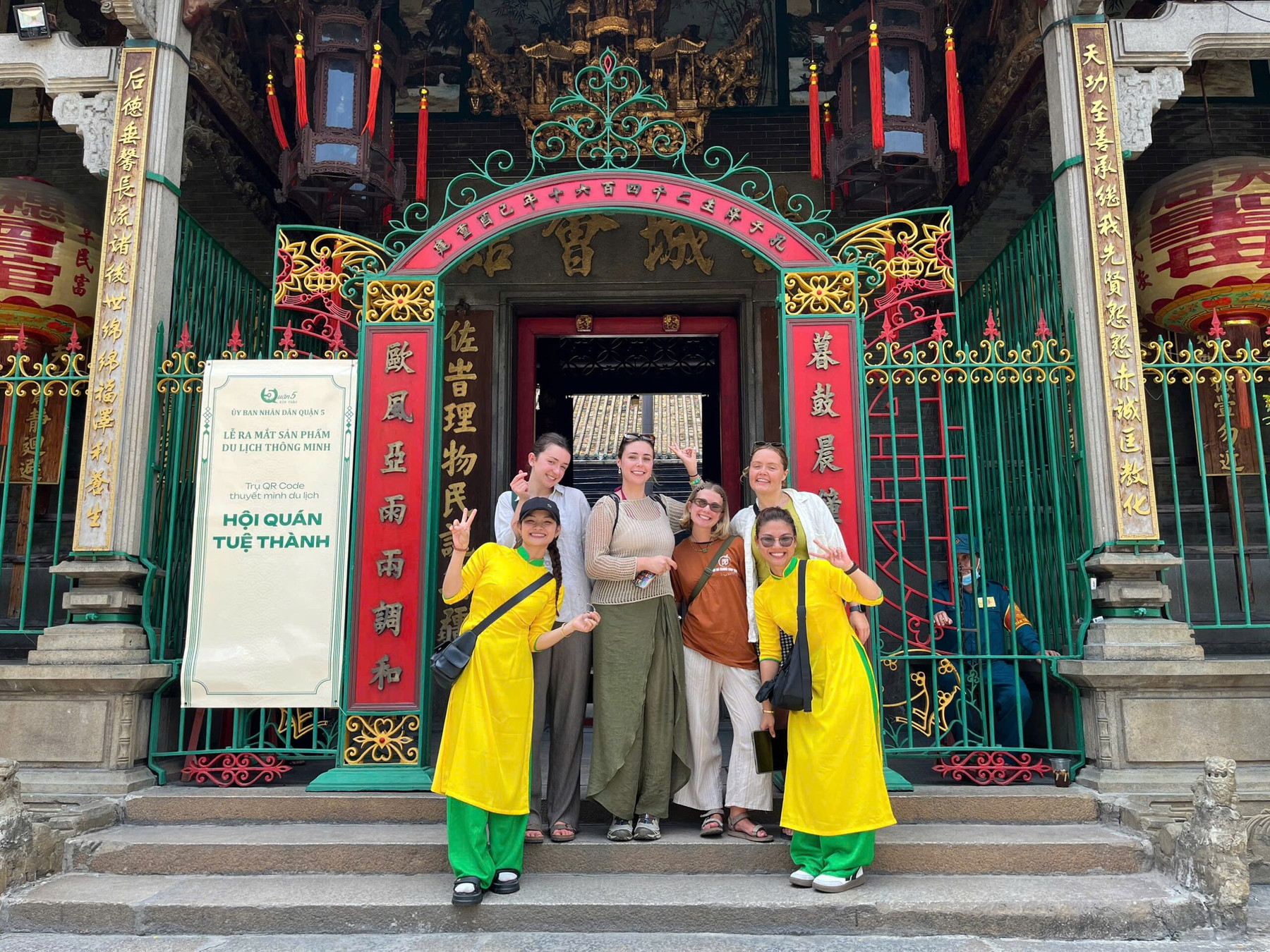


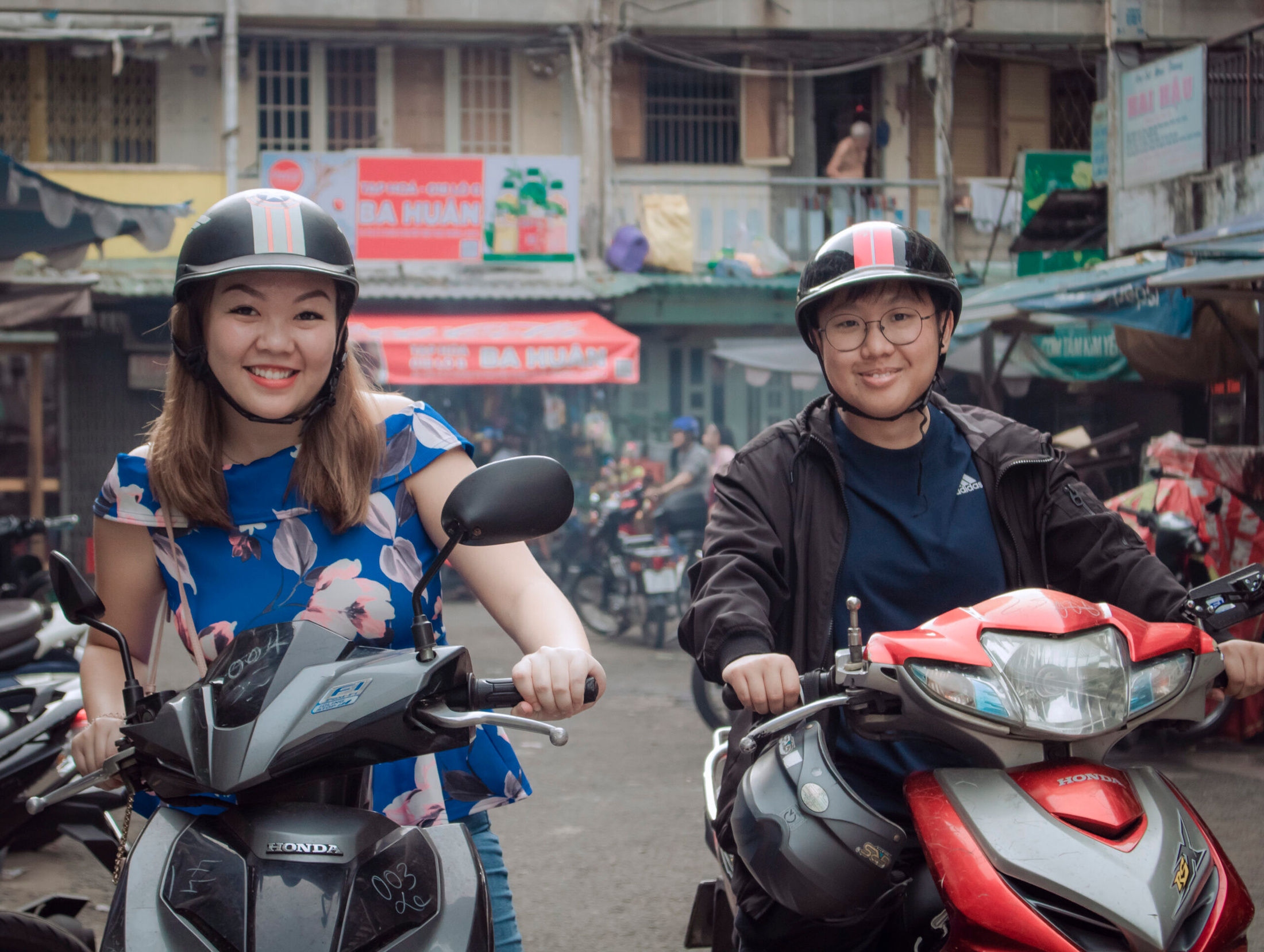
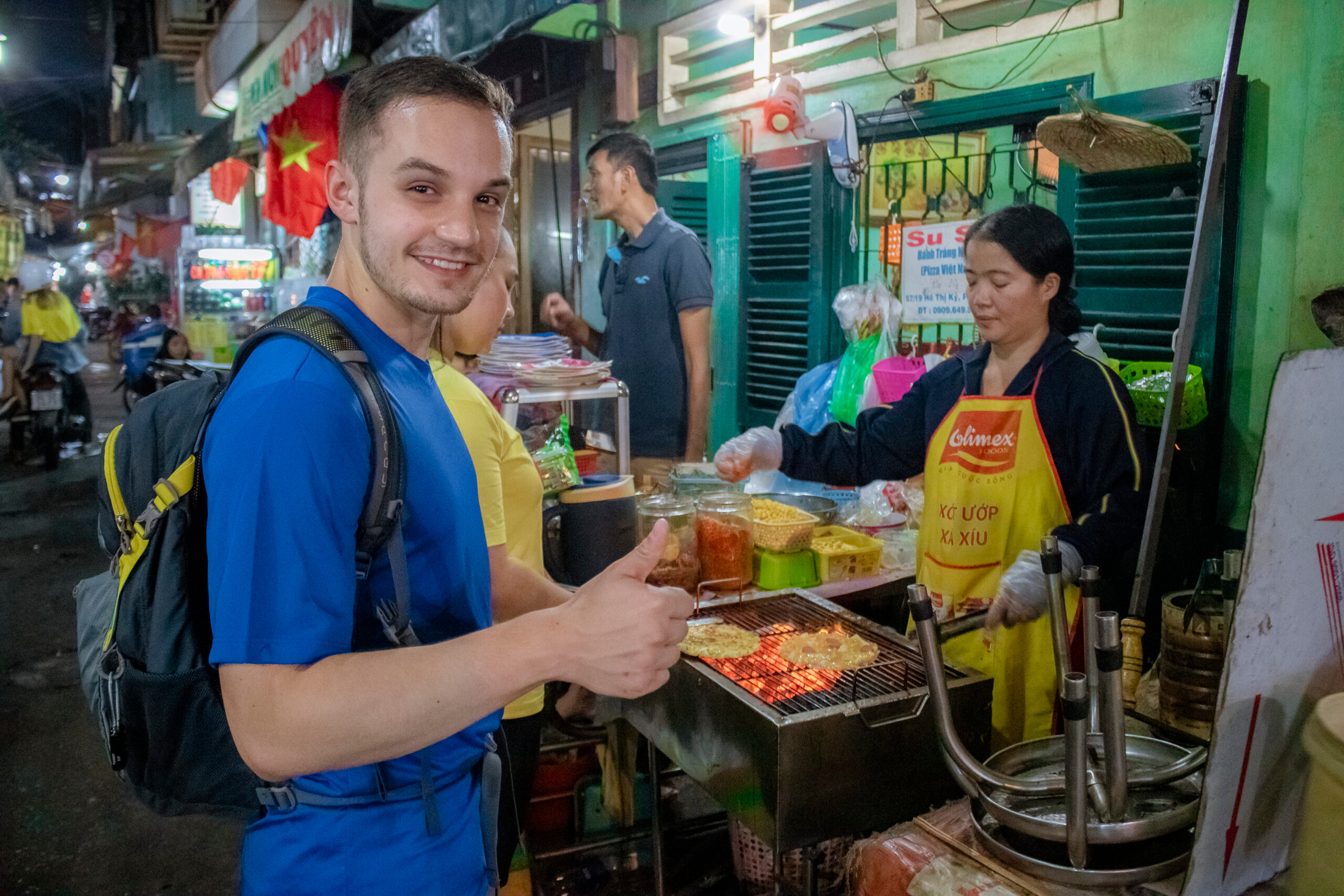
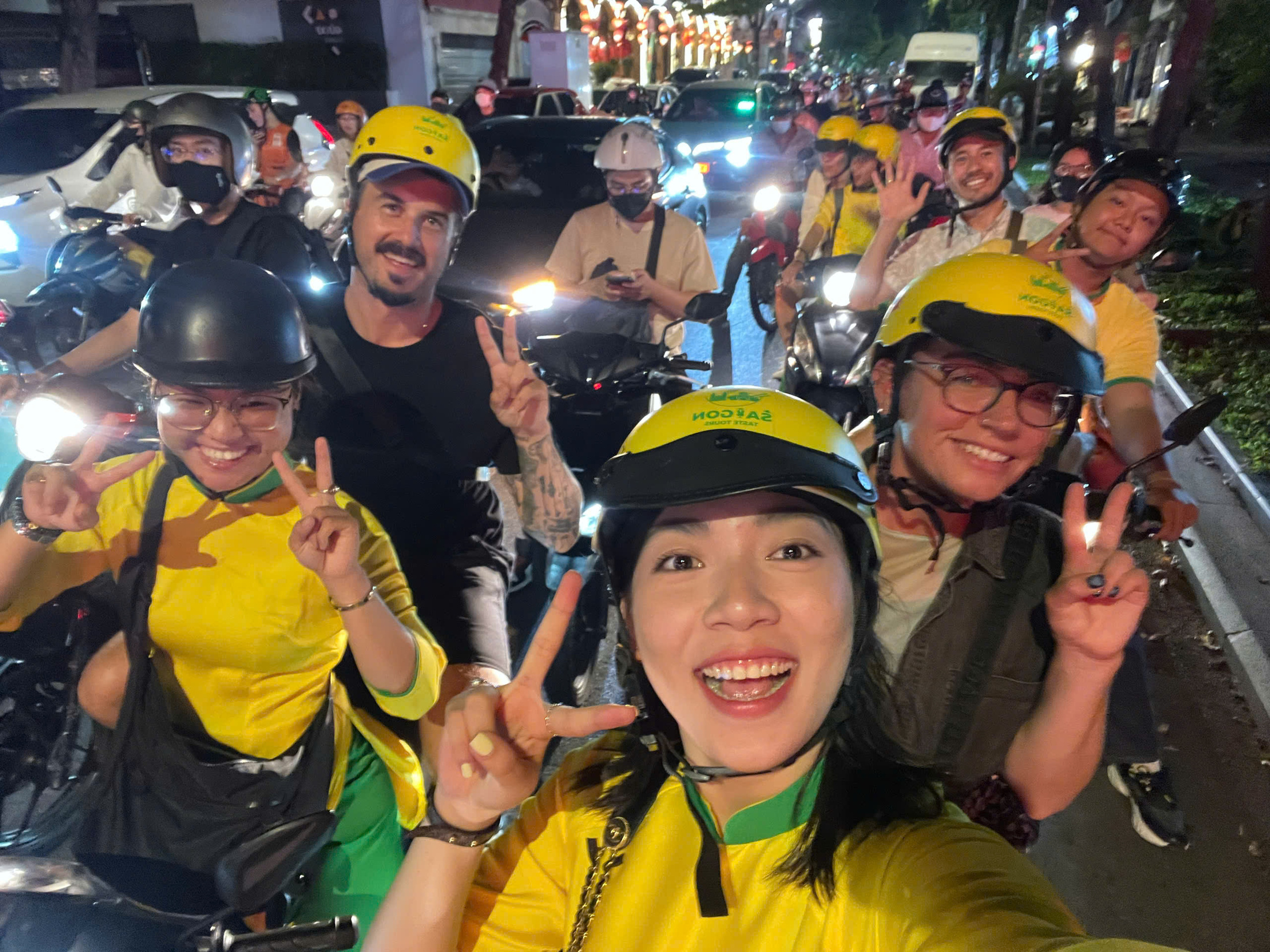
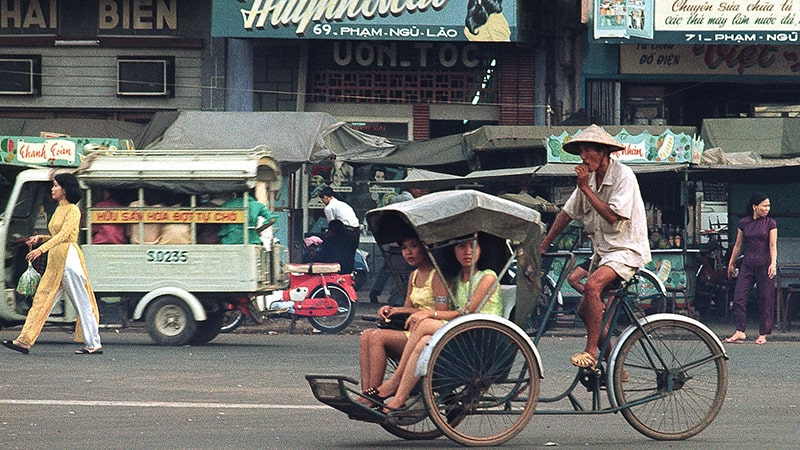
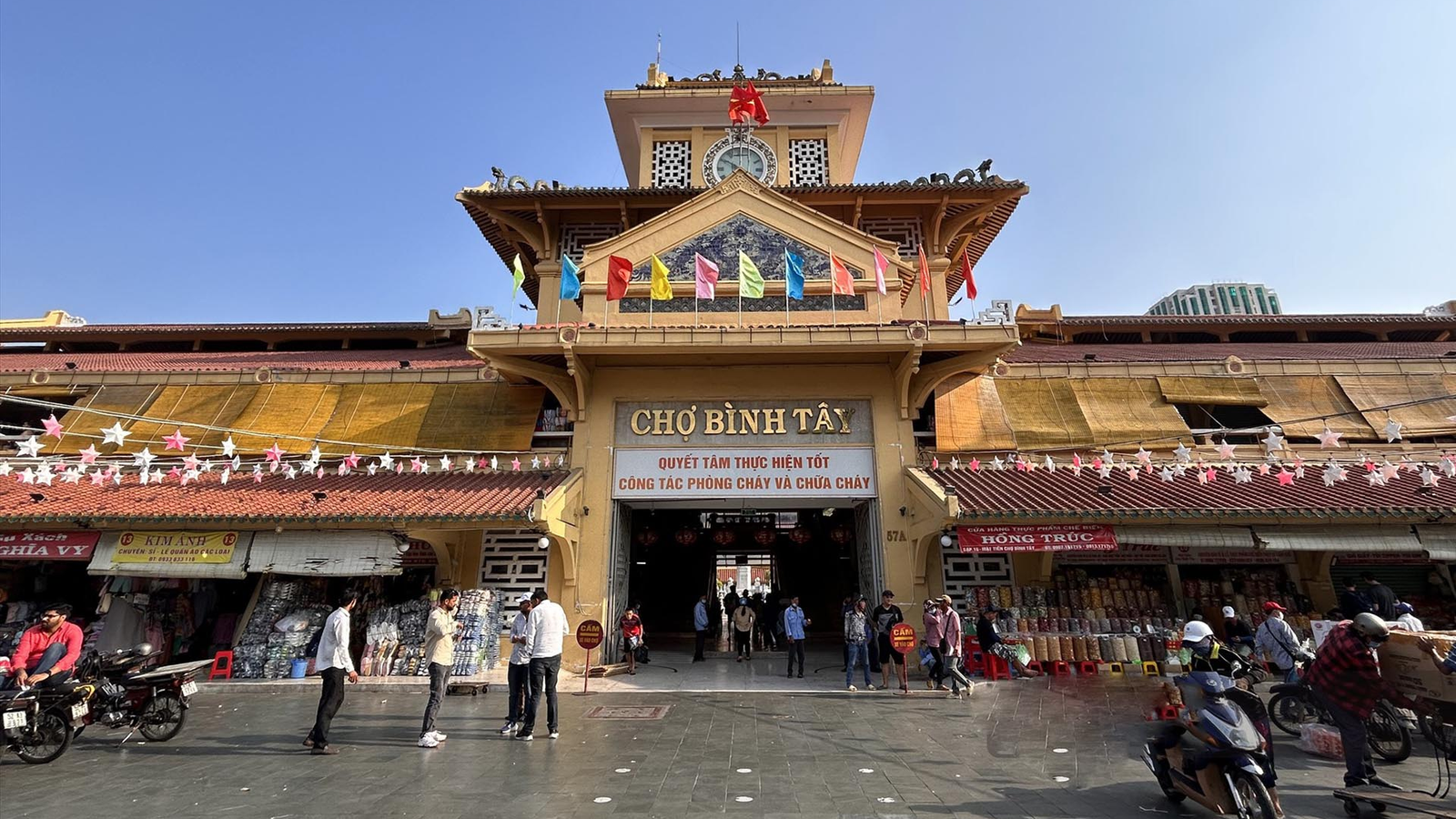
Leave a Reply